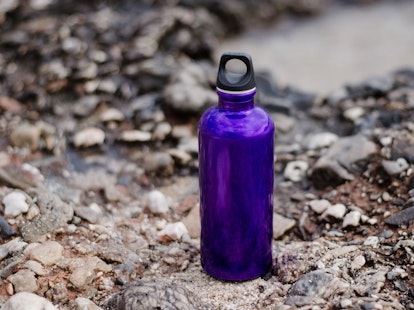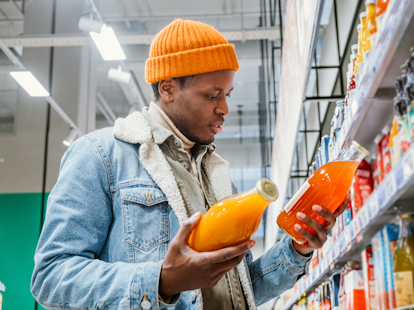The US State of Oregon has recently approved measures for the disclosure of high priority chemicals of concern (HPCCs) in children’s products. The first biennial notice will be by 1 January 2018.
On 27 July 2015, the governor of Oregon signed Senate Bill 478 (SB 478) [1], 'Toxic-Free Kids Act’, into law. The new law authorises the Health Authority (HA) to establish and maintain a list of high priority chemicals of concern (HPCCs) used in the manufacture of products for children under the age of 12. These children’s products are:
- Car seats
- Childcare products intended to facilitate sucking, teething, sleep, relaxation, feeding or drinking
- Clothing and footwear
- Cosmetics
- Jewellery
- Toys
According to the definitions in the new law, the scope also includes all components in such children’s products.
The following are not within the meaning of a children’s product:
- Athletic shoes with cleats and spikes
- Batteries, BB guns, pellet guns, air rifles, bicycles and tricycles
- Chemistry sets, consumer electronic products
- Food and food packaging
- Interactive software for leisure and entertainment
- Model rockets
- Pocket knives and multi-tools
- Roller skates
- Scooters, sets of darts metallic points, slings and catapults, snow sporting equipment, sporting equipment and accessories
- Video toys that can be connected to a video screen with operating voltage exceeding 24 volts
The new law mandates manufacturers to disclose information to the HA on the use of HPCCs in children’s products. Reporting is required if the HPCC is
- Intentionally added and is equal to or greater than the practical quantitation limit (PQL) or
- A contaminant that is equal to or greater than 100 ppm
The use of an HPCC, however, will need to be removed or substituted by the third biennial notice (within 6 years of the first reporting) if the children’s product is
- A cosmetic
- Intended for children under the age of 3 or
- Mouthable (including parts of a children’s product that is intended to be placed in the mouth)
The removal or substitution of an HPCC is not required if the concentration levels are within the levels established under the Consumer Product Safety Improvement Act of 2008 (CPSIA, Public Law 110-314). The HA can also grant a waiver if a manufacturer can provide an alternative assessment demonstrating that it is not financially or technically feasible to remove the HPCC, or provide a quantitative assessment to demonstrate that the leachability and bioavailability of the HPCC will not be reasonably anticipated to result in exposure.
The new legislation will be effective as of 1 January 2016. From this date, the list of HPCCs will include all 66 chemicals of high concern for children (CHCCs) from the Department of Ecology in Washington State. The HPCCs will be evaluated every three years and a maximum of 5 HPCCs may be added to the list per evaluation.
Oregon now joins the states of Maine [2], Vermont [3] and Washington [4] in regulating the disclosure of hazardous chemicals in children’s products.
Highlights of the new law are summarised in Table 1.
table 1
Oregon Toxic-Free Kids Act (Chapter 786, 2015 Laws) | |||
|---|---|---|---|
Substance | Scope | Requirement | Effective Date |
High priority chemicals of concern (HPCCs) | Products for children under the age of 12 | Reporting to Health Authority required if HPCC is
By submission of third biennial notice,HPCC must be removed or substituted if HPCC in a children’s product is
| 1 January 2016 First biennial notices by 1 January 2018 (A biennial notice thereafter by 1 January of the year following the year after the HPCC has been added onto the list)
|
Throughout our global network of laboratories, we are able to provide a range of services, including analytical testing and consultancy, for restricted and hazardous substances in children’s products for the US and international markets. Please do not hesitate to contact us for further information.
For enquiries, please contact:
Hing Wo Tsang
Global Toys and Juvenile Products
t: +852 2774 7420
© SGS Group Management SA – 2015– All rights reserved - SGS is a registered trademark of SGS Group Management SA. This is a publication of SGS, except for 3rd parties’ contents submitted or licensed for use by SGS. SGS neither endorses nor disapproves said 3rd parties contents. This publication is intended to provide technical information and shall not be considered an exhaustive treatment of any subject treated. It is strictly educational and does not replace any legal requirements or applicable regulations. It is not intended to constitute consulting or professional advice. The information contained herein is provided “as is” and SGS does not warrant that it will be error-free or will meet any particular criteria of performance or quality. Do not quote or refer any information herein without SGS’s prior written consent.



